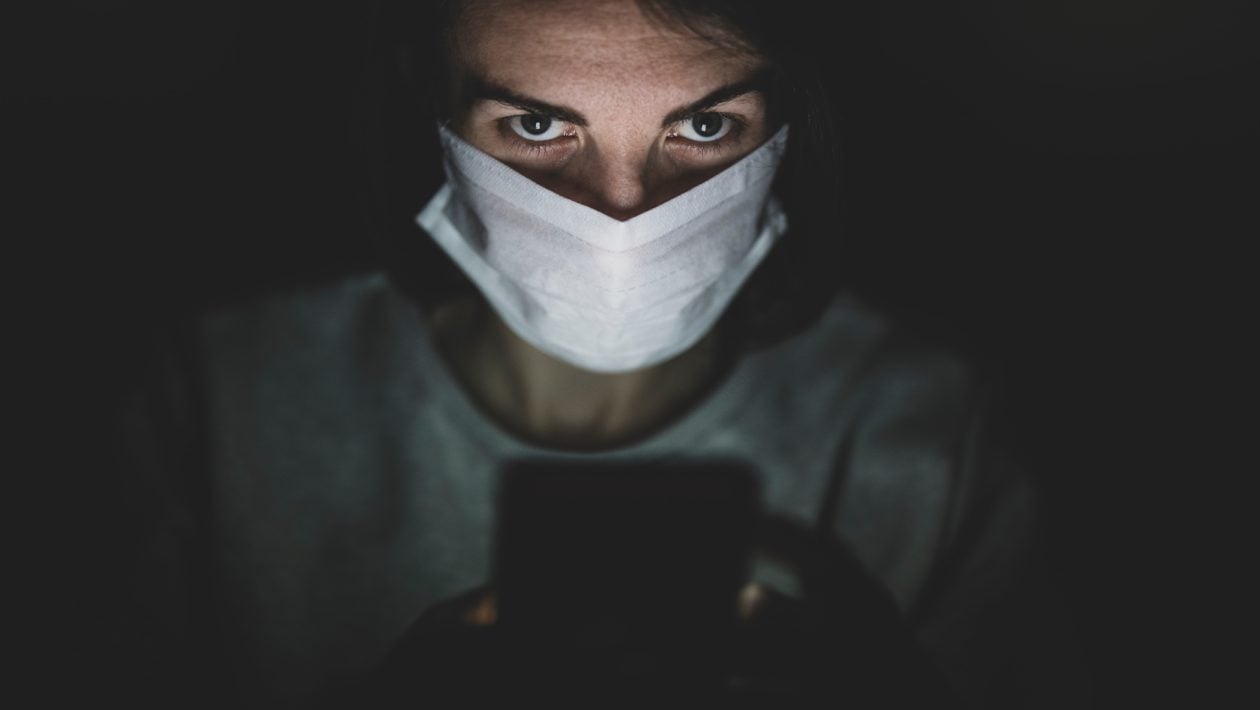The coronavirus lockdown in spring has led many providers to offer telehealth or telemedicine – ways to connect with a doctor without actually seeing them in person. Telemonitoring (transmission of health data through electronic means) and concierge medicine (the relationship between primary care doctor and patient in which the patient pays an annual fee or retainer) are also becoming more popular. Early in the spring of this year, hospitals and health care institutions have seen the number of virtual visits increase by 50 to 175 times. While that surge has gradually tapered off as lockdown rules softened, medical professionals and experts predict that telehealth will be part of the future even when the pandemic is over. According to Jack Plotkin, an ivy-league investment strategist and former Goldman Sachs financier, one of the main drivers behind remote access to do physician and health care, in general, is the high degree of patient satisfaction. However, the financier points out that there are also drawbacks to telehealth.
The advantages for the patients are invaluable: they can get appointments sooner and be cared for while staying in the comfort of their homes, all while avoiding potential travel and commuting time and costs, having to find child care, missing work, and the potential exposure to COVID-19. Patients who live in rural areas far away from medical facilities have especially benefited from this shift to virtual appointments. Plotkin points out that initial studies have shown greater levels of satisfaction from virtual visits compared to in-person appointments. Despite the aforementioned benefits it provides, Plotkin adds that telehealth is not an ideal option for every patient. Plotkin elaborates that the availability of technology, access to insurance, or simply a preference for in-person treatment remain considerable barriers for more widespread use. Unmatched tech-savviness is another – sometimes a physician can be less tech-savvy than the patient (or vice versa), which can make for an awkward experience.
The expansion of virtual care has been helped by Medicare rule changes for the COVID-19 emergency, including one that reimburses doctors for telemedicine at the same rate as in-person care for over a hundred medical services. State regulators and commercial health plans also loosened their telehealth policies. There are differences between states in this regard, as federal legislation is in the form of guidelines so far.
Plotkin, who spent nearly a decade advancing Goldman Sachs’ investment strategy, points out that primary care has been one area in which telehealth has had both increasing volumes and satisfactory results. Telemedicine is now seen as a convenient and cost-effective way for patients to establish long-term connections with their primary care physician. It can also be an efficient way to stop the general decline in the number of people who are using primary care services (from 77% in 2002 to 75% in 2015).

Another area where technology was well accepted is mental health care, which is mostly based on conversations that can easily be conducted online. Plotkin points out that during the pandemic, 85% of mental health care providers have used mostly virtual visits, up from just 2% before the coronavirus outbreak. Remote monitoring has also accelerated greatly during the pandemic, enabling patients with chronic diseases such as high blood pressure, diabetes or cardiovascular issues to be cared for at home. A total of 32% of patients with chronic conditions have used virtual appointments between April and June of this year. Virtual post-surgical check-ups are also used increasingly, as is the case with telehealth for geriatric or disabled patients with reduced mobility.
Plotkin also highlights that the increased use of telehealth during the pandemic has caused younger health care professionals to see their future in the industry. Approximately 38% of younger medical professionals are more likely to stay in the industry, and just 9% are more likely to abandon working in health care because of the influence of telehealth. Plotkin adds that before the pandemic, approximately 60% of younger healthcare professionals considered artificial intelligence to be the technology to most likely improve their work satisfaction, compared with 39% who felt that telehealth would have the most impact. The investment strategy financier highlights that the latest research shows that the pandemic has changed opinions, with 61% now preferring telehealth over artificial intelligence.
Despite their many advantages, Plotkin remains cognizant of the fact that remote appointments are not great fit for every situation. Emergency situations aside, there exist several other types of services for which an in-person visit is a better option. Virtual visits are not recommended for cases in which a physician needs to establish a diagnosis based on physical assessment that is done by hand. Potential life-saving discoveries by hand are not very likely to be detected during a video call. Furthermore, face-to-face visits also typically work better for young children who often require vaccination and general monitoring of their growth and development.

Plotkin adds that another disadvantage of telehealth stems from the fact that it is less formal in nature. Some of the most routine medical check-ups may get neglected in a virtual setting. Studies have shown that blood pressure is measured during only 10% of televisits, as opposed to 70% during in-office visits. Also, while already at the doctor’s office a patient is more likely to conduct additional lab tests simply due to convenient proximity.
Plotkin ultimately concludes that even though in-person visits can never be replaced for some medical services, it is clear that telehealth is going to be an important part of health care in the years to come. It is safe to say that the COVID-19 pandemic has rapidly increased the acceptance of telehealth for both patients and physicians, and right now there is an abundance of positive feelings about it from both sides. Whether those feelings will persist beyond the pandemic will depend on several factors, including technology and insurance coverage costs.

